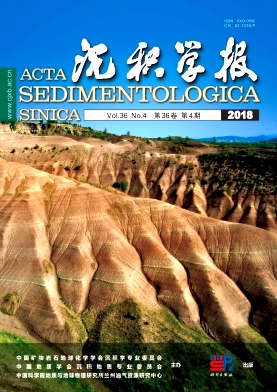Research Progress of Porosity in Microbial Carbonates
doi: 10.14027/j.issn.1000-0550.2018.055
- Received Date: 2017-05-16
- Rev Recd Date: 2017-09-11
- Publish Date: 2018-08-10
-
Key words:
- microbial carbonates /
- pores /
- sedimentation /
- diagenesis /
- research progress
Abstract: Microbial carbonates are not only important sedimentary records for paleo environments, paleoclimate and geological events, but also significant hydrocarbon reservoirs. Physiological characteristics of diverse microbial communities in part control the formation and preservation of primary pores, microbial depositional fabrics in various scales affect the diameter and distribution of pores. Combination patterns of microbial carbonates and associated facies have a great impact on usefulness and scale of pores. Different sedimentary processes and depositional environments of microbial carbonates affect sequences and degrees of cementation and dissolution during meteoric diagenesis, resulting in heterogeneity of pores. Microbe-related diageneses such as dolomitization, cementation, and karstification may form primary pores, protect residual pores and form secondary pores during various stages. Pore diameters of microbial carbonates are in range from nanometer-submicron level to centimeter and even meter level, which may correspond to multi-scale sedimentary structures to some extent. Therefore, it's necessary to analyze and characterize samples in various scales. In addition, the combination of geology and geophysics should be enhanced, being an important way to facilitate research of hydrocarbon reservoirs of microbial carbonates also benefit for the exploration and exploitation of oil and gas resources.
| Citation: | QU HaiZhou, ZHOU ZiKun, ZHANG YunFeng, CHEN Wei, ZHANG ZhengHong, LUO XinSheng, MA Chao, TAN Fei, ZHU YuHuan. Research Progress of Porosity in Microbial Carbonates[J]. Acta Sedimentologica Sinica, 2018, 36(4): 651-663. doi: 10.14027/j.issn.1000-0550.2018.055 |






 DownLoad:
DownLoad: